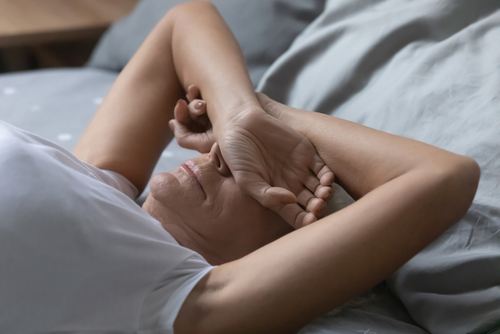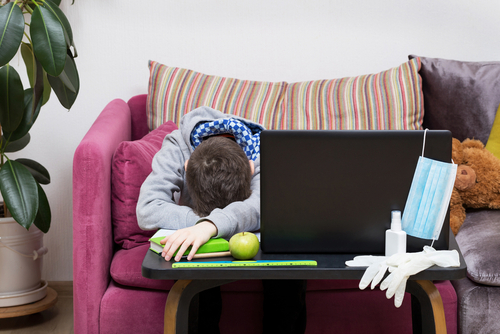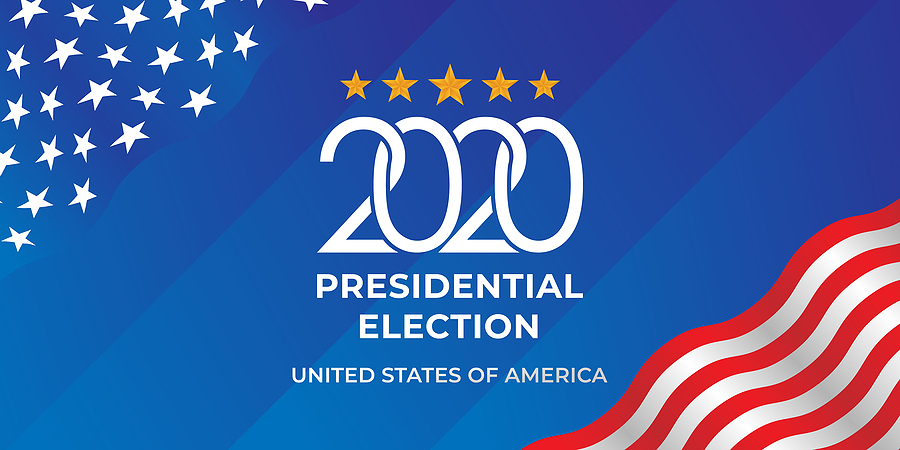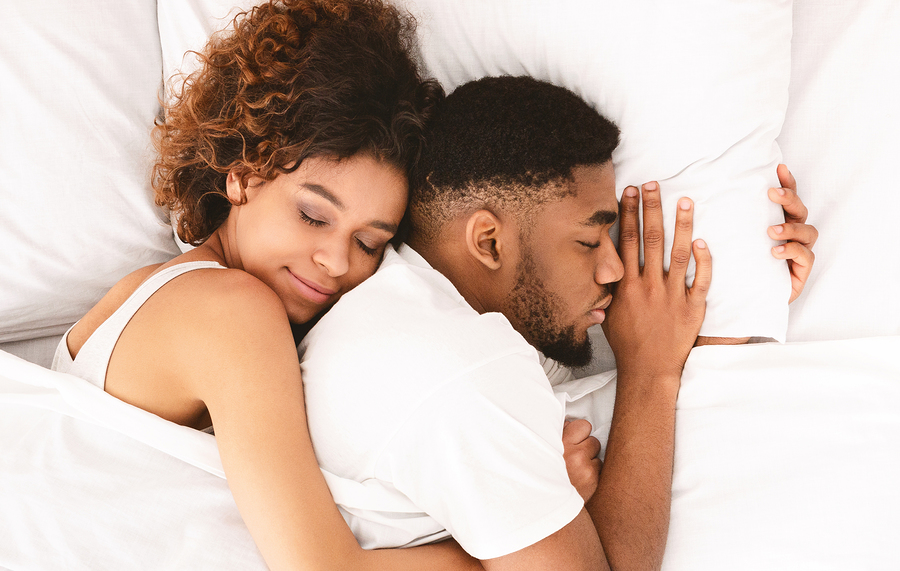Use of screens and technology by children is now a given at both school and home. It is estimated that 98 per cent of 12 to 15 year olds in the UK watch television and over 90 per cent use mobile phones at home
Smart phone usage, in particular of children, and especially teenagers has become a difficult area to manage. More and more studies are linking the effects of screen usage and sleep.
It has been reported that globally, 90 per cent of adolescents are not sleeping the recommended nine to 11 hours per night,. This has coincided with an increase in the use of screen-based media devices (SBMD).
Using phones in the dark effects sleep more.
One great piece of recent research was done by L Mireku at Lincoln University. The results of the study showed that those who used a phone or watched television in a room with a light on were 31 per cent more likely to get less sleep than those who didn’t use a screen. The likelihood increased to 147 per cent if the same activity took place in the dark.
How much screen time is too much?
Another recent study by the Royal College of Paediatrics and Child Health concluded that use of screens can displace desirable minimum levels of positive activities, such as sleep, time with family and exercise.
The study also suggested that children who are getting more than two hours of screen time a day tend to have more depressive symptoms. However other studies have concluded that in a connected world some is better than none.
A key study in this area by Prof Andy Przybylski of Oxford University in 2017 found that around 4 hours of screen time per day for 15 year old was the limit. Use over this level was associated with a decrease in well-being.
Top ten guidelines for setting screen times for children
For those parents who are concerned about their family’s use of technology, here are my top ten family guidelines. These come from a combination of personal experience and the RCPCH recommendations
1) Negotiate limits.
Negotiate screen time limits with your children based upon their individual needs. Consider the ways in which screens are used and the degree to which use of screens appears to displace (or not) physical and social activities and sleep
2) Agree a plan.
Have a plan and stick to it. Discuss the boundaries and be consistent in applying them. Have lots of praise, and rewards if needed. Put consequences in place too.
3) Avoid being intrusive.
Don’t monitor everything as it will undermine your children’s ability to take long term responsibility. Instead, understand what apps and networks your children are on and how they work and what the content is. Be aware, but not intrusive or judgmental
4) Set good examples.
Always lead by example. Children learn by copying their parents. Have family rules not just child rules. These could include agreed family principles of phone usage, for example no use before breakfast or at meal times.
5) Make sure there is face to face time.
Prioritise face-to-face interaction: Children need regular physical interaction in order to develop the social skills and resilience to cope with the world. This is especially true for young children who need regular play and interaction with other people. For older children active, offline play should also be encouraged, as well as regular space for conversation. Consider a screen free day for the family, with exercise, music and board games.
6)Limit snacks whilst on tech.
If you are going to allow snacks with screen use, do so as part of an overall diet plan. Children tend not to notice how much they are eating when online and can often overeat. Studies have shown an association with obesity and screen time in children.
7) Stop all screen time at least one hour before bed.
Most experts advise that children are not exposed to screens for an hour before bed, so that their brains have time to wind down for sleep without the stimulation from the light of the screen (and the content being viewed).
8) Night Modes don’t count.
Some manufacturers have introduced ‘night-modes’ which emit less blue light, but there is no evidence that these are effective and should be ignored in terms of allowing phone use in the run up to bed n are on and how they work and what the content is. Be aware, but not intrusive or judgmental
9)Establish a sleep routine.
Getting your child to sleep easily is more than just boundaries around technology use. It is about establishing a relaxing regular wind-down routine which encourages your body and mind to switch off
10) Phones don’t belong in the bedroom.
There is some data, not of great quality, from the US that the majority of teenagers who have a phone in their room overnight, wake up to check it in the night. If phone usage in the bedroom is an issue, consider three simple changes. Buy a normal alarm so that your phone isn’t kept by the bed. Charge your phone outside of the bedroom. Avoid using your phone as a sleep tracker and rely on your own sense of whether you have had a good or bad night’s sleep. Keep a sleep diary to help track what affects your sleep both positively and negatively.
Individual guidelines for screen times by age
The American Academy of Paediatrics (AAP) updated its screen time guidelines in 2016 to include a suite of recommendations for families around media viewing
Under 18 months.
Children younger than 18 months should only be allowed use screen media for video chatting
18 to 24 months
Parents who want to introduce digital media should choose high-quality programming, and watch it with their children to help them understand what they’re seeing. ·
Children aged 2 to 5.
limit screen use to 1 hour per day of high-quality programs. Parents should co-view media with children to help them understand what they are seeing and apply it to the world around them. ·
Children aged 6 and older.
For children age 6 and older, place consistent limits on the time spent using media, and the types of media, and make sure media does not take the place of adequate sleep, physical activity and other behaviours essential to health. ·
They also recommend that families spend designated media-free times together, such as dinner or driving, as well as media-free locations at home, such as bedrooms.









